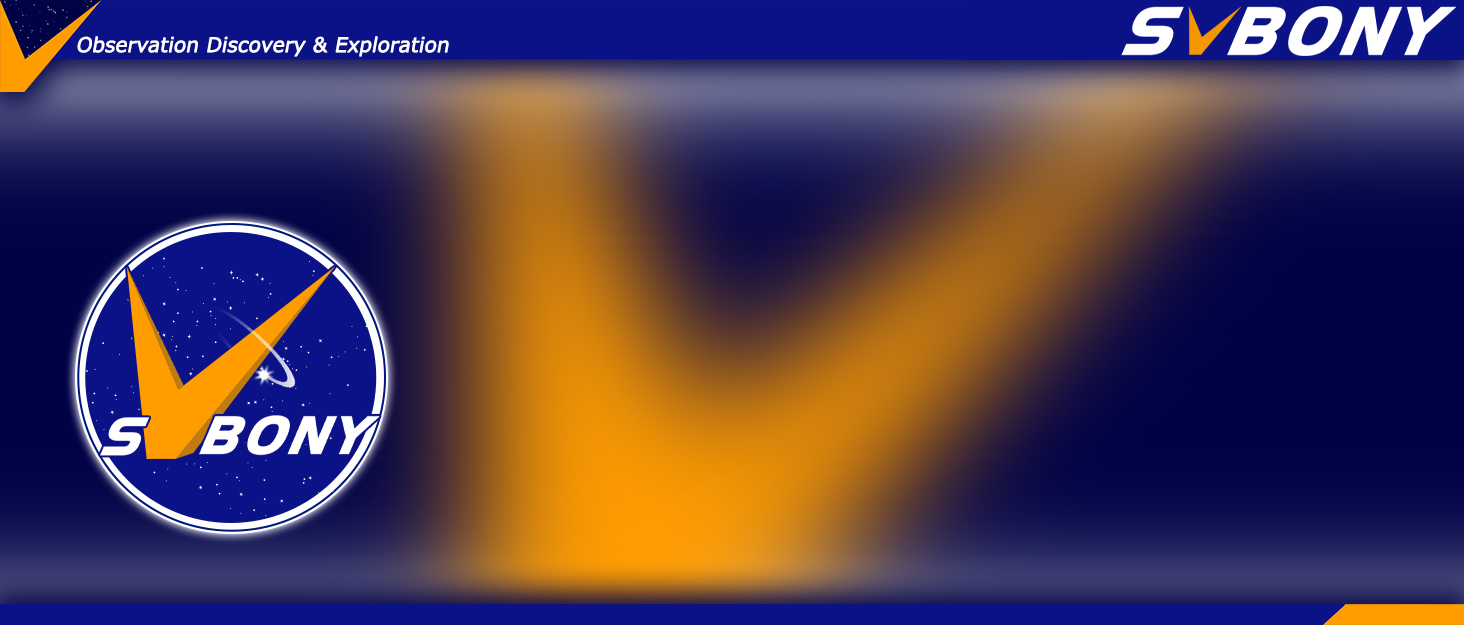Feature
●SV305C is a color entry-Level planetary camera; which has good performance in planetary photography; solar and lunar photography; and is very suitable for EAA
●SV305C planetary camera uses IMX662 sensor; 1/2.8” back-illuminated sensor; 2.9um pixel size can accommodate 38ke full well charge; can effectively avoid overexposure
●The IMX662 sensor has low readout noise; no glow; NIR is improved; especially in the red spectral band; the light sensitivity has been greatly improved
●The SV305 planetary camera has set the planetary high-speed mode and sky space long exposure mode in the sharpcap software; which can be quickly set with one key according to the actual shooting; and can be saved for the convenience of one-key setting next time
●SV305C telescope camera built-in 128MB DDRIII image buffer; when the USB interface is not busy or interrupted; the memory will cache the image and transfer it to the computer; so that the frame will not be lost or damaged
●SV305C color camera has ROI function; any resolution can be set; reading out a smaller region of interest (ROI) from the sensor keeps the image scale of the object being imaged constant and can increase the capture rate
●SV305C color camera has BIN function; BIN2*2 pixels can merge two adjacent pixels; which can improve camera sensitivity
Description













































